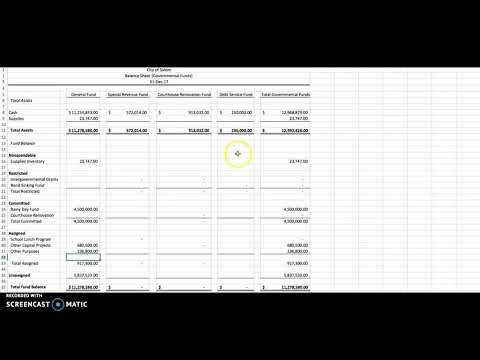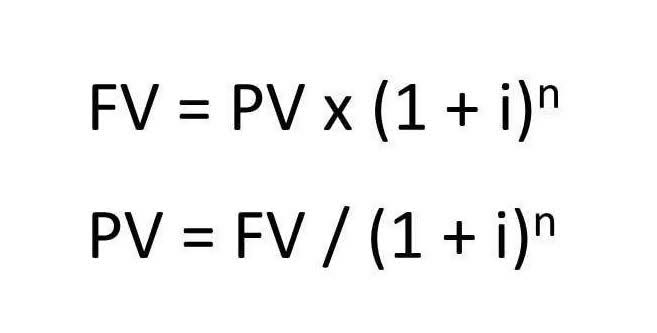
Expense accounts represent the money spent by a business to generate revenue and maintain its operations. Common expense accounts include the cost of goods sold, administrative, marketing, taxes, and depreciation accounts. They help you track your performance in a given accounting cycle and determine whether or not you’re meeting your short-term business goals.
Revenue – Example of Temporary Accounts
These are the accounts reflecting the income earned from the enterprise activity. As it is a temporary account, this income will only show during specific accounting periods. They are both essential parts of the financial statements of a business. The main difference between both types of accounts remains the way the ending balance is maintained at the end of an accounting period.
Recommended Digital Assets for You

With a temporary account, the balance gets reset each time you start a new accounting period. In contrast, permanent account balances carry over, meaning the ending balance of a permanent account becomes the starting balance for the next period. Knowing the difference between temporary and permanent accounts helps you see how your business is doing. Permanent accounts show your business’s overall financial health and keep going over time. The closure of temporary accounts must coincide with the end of the accounting period to which they relate.
Is rent a temporary account?
A business records every accounting transaction on its general ledger first. As you can see, each type of temporary general ledger account is quite broad. Therefore, you may find it useful to create accounts within each category to track a specific metric. Your revenue account tells you you’ve earned $500,000 this year, and your accounts receivable says you still need to collect $15,000 from your customers. That’s because it shows you how much goods you have at the moment, instead of over a certain month, year, a few years, or any other specific amount of time. After spending all the funds in the account, they must be replenished before use.
We have already looked at non-permanent accounts, but what do permanent accounts look like? Thus, these accounts are recognized in the income statement and allocated to the computation of company expenses and income. The drawings account is debited and the capital account is credited for the same account to transfer the balance. A drawings or dividends account shows the cumulative amount withdrawn by the owner of a business during the accounting period. Temporary accounts represent several income and expense sub-accounts from the income statement.
- The company’s temporary account, in which the revenues and expenses were transferred, is called the income summary.
- He quoted her as saying, “Feel free to tell everyone that it sucks the absolute most.”
- However, there are some issues that you should be aware of to sharpen this definition.
- Likewise, the accounts payable balance shows the balance of your unpaid expenses.
- This agreement usually lasts six months or longer and allows tenants to move elsewhere when their lease ends.
Temporary accounts provide visibility into the financial position at any time.
Accurate inventory valuation is crucial for showing true profit and loss statements over time. Net income or loss tallied up by these temporary accounts gets added to retained earnings, which is part of equity on the balance sheet. Either way, you must make sure your temporary accounts track funds over the same period of time. The origins of these temporary accounts can be traced back centuries ago when merchants would use them to keep track of their transactions and assets. In the modern age, businesses use software programs like Quickbooks to generate these accounts and allow for better tracking of resources and money flow.
When the temporary account is closed, it has as a measurement element the transactions that will be significant during the accounting cycle they represent. In other words, they will not be used or relevant either for the previous accounting cycle or for the next one. Temporary accounts represent the performance of an entity for a specific accounting period; a day, month, or year.
Knowing how to classify accounts correctly gives business owners a better understanding of how their operations are performing. It allows them to identify areas for improvement and develop strategies for increasing efficiency and profitability. With permanent accounts, individuals can enjoy the convenience of having all their financial which is not a temporary account indeed products tied together in one single place. Emagia is a leading provider of AI-powered Order-to-Cash (O2C) automation platform that modernizes finance operations for midsize to large global businesses. Emagia solutions improve their customers DSO, cash flow, credit risk, operational cost, compliance and profitability.












